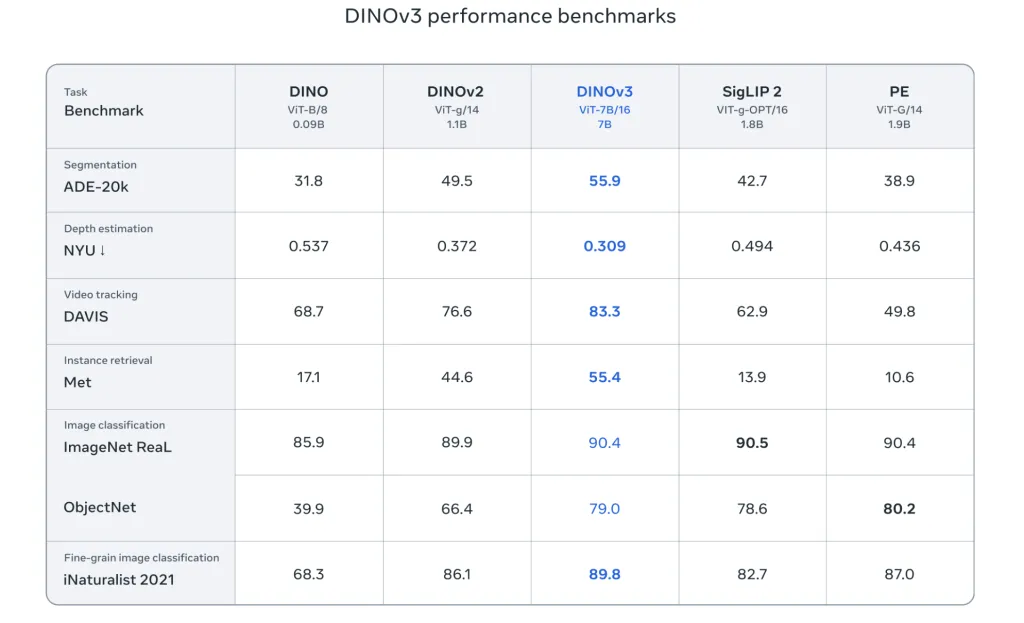
Meta released a powerful open-source computer vision model that works without human-labeled data, opening advanced artificial intelligence (AI) tools to organizations that couldn’t afford them before.
DINOv3 trains itself on 1.7 billion images without needing people to tag what’s in each picture. The method cuts costs and time for groups working in areas where labeling data is expensive or impossible.
The World Resources Institute (WRI) already uses the technology to track deforestation in Kenya. Tree height measurements improved dramatically, errors dropped from 4.1 meters to just 1.2 meters compared to the previous version.
“DINOv3 enables us to unify all of our modeling approaches through a single pipeline while achieving higher accuracy in monitoring restoration projects with more confidence,” said John Brandt, data science lead at WRI and Land & Carbon Lab.
NASA’s Jet Propulsion Laboratory also adopted DINOv3 for Mars exploration robots to handle multiple vision tasks with minimal computing power on distant planets.
Most computer vision systems need millions of labeled images to work well. DINOv3 learns patterns from unlabeled photos, making it useful for satellite imagery, medical scans, and other specialized fields where creating labels costs too much.
Meta trained the system on a dataset 12 times larger than its predecessor, with seven times more parameters. The result outperforms specialized models on tasks like object detection and image segmentation without requiring fine-tuning for each specific job.
Self-supervised learning eliminates the bottleneck of relying heavily on human-generated captions and tags. DINOv3’s approach works across different image types — from web photos to satellite data to medical images.
The company released the complete training code and pre-trained models under a commercial license. Developers can access versions ranging from 21 million to 7 billion parameters, fitting different computing budgets and needs.
Performance benchmarks show DINOv3 matches or beats leading models like SigLIP and Perception Encoder on standard tests. The technology particularly excels at dense prediction tasks that require understanding fine details in images.


Source: Meta
Meta designed the system to work as a frozen backbone, meaning the core model doesn’t need retraining for new applications. Users simply add lightweight adapters on top, reducing computational costs and speeding deployment.
The release includes sample notebooks and evaluation tools to help researchers and companies start building applications quickly. Integration with popular platforms like PyTorch Hub and Hugging Face makes adoption easier for existing development workflows.’
Environmental monitoring, autonomous vehicles, healthcare, and manufacturing represent key application areas where the technology could accelerate progress. The label-free approach particularly benefits fields studying remote or dangerous environments where human annotation proves impractical.






















